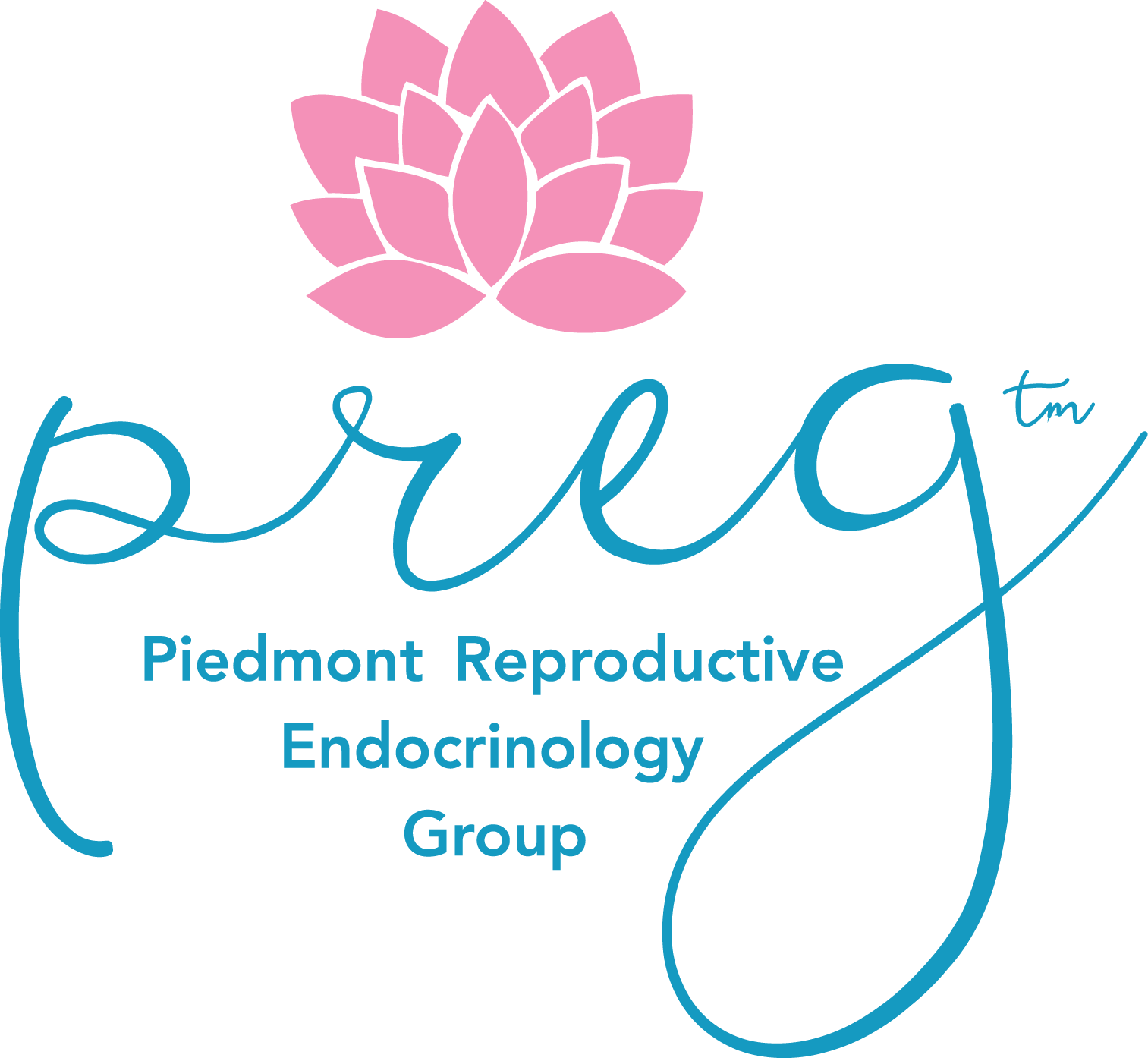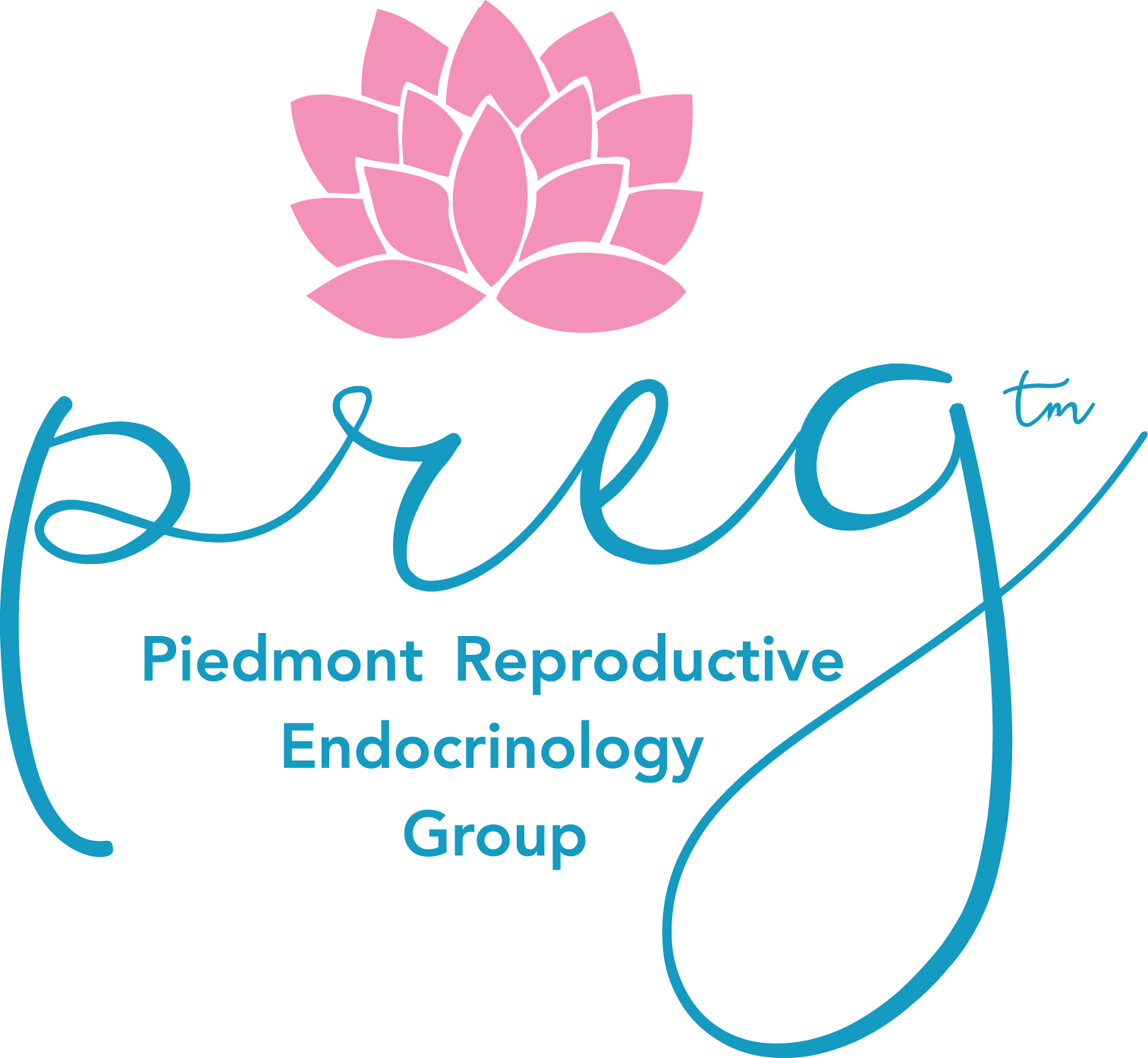PREG Resources
Infertility Facts & Info

For women over the age of 36 (especially those aged 40 and older), after 6 months without pregnancy success, an infertility evaluation by a board certified reproductive endocrinologist (infertility physician) should be obtained.
Fertility (pregnancy) rates for normal (fertile) couples is about a 20%chance of pregnancy success per cycle (month).
Most couples facing infertility have pregnancy rates that are generally 5% or less per month depending on the infertility factor(s) that are present.
Most infertility treatments are designed to improve your monthly pregnancy rates from between 5% to 15% per cycle. In general, it may take several or more treatments to obtain a successful pregnancy depending on the severity of the infertility factors present.
The longer the time of infertility (>5 years), the greater the likelihood there exists a significant infertility problem.
40% of all infertility is based on male infertility (abnormal semen analysis).
Ovulatory dysfunction (not ovulating or not ovulating consistently) and tubal disease/blockage are the most common female-related infertility problems.
Since there can be more than one infertility problem or factor present fertility testing should always include checking both partners (even with a history of prior pregnancies by both or either partner).
The females age is the most significant fertility factor. Women are born with all the eggs (oocytes) that they will ever have and will use them up throughout their reproductive life span (monthly cycles) till they reach menopause when their ovaries are depleted of eggs and no longer function.
Fertility rates for women peak in their teens to late twenties, then decline gradually till age 35. Afterwards, the decline in fertility is much more rapid, especially after age 40.
Not only does the rate of fertility decrease in women as they get older (>35 years old), their rates of miscarriages and risk of abnormal pregnancies (Down’s syndrome) increases, reflecting the age of their eggs. In other words, the older the egg, the less chance for fertilization or pregnancy. In addition, if pregnancy happens, there is an increased risk of miscarriage (up to 30-50%) and chromosomal abnormal pregnancies.
10-15% of couples with infertility will have unexplained infertility (no obvious cause found, all infertility testing is normal).
A common cause of infertility in females with unexplained infertility is endometriosis.
Endometriosis is a condition in which menstrual tissue implants in the pelvis causing pain, bleeding and discomfort which worsens over time. This tissue can grow onto the ovaries and tubes as well as the bowel causing adhesions and scarring that can cause infertility. It also tends to be inherited and may be present in other female family members.
Endometriosis is usually diagnosed by laparoscopy (an outpatient surgery in which a thin telescope is placed through the umbilicus [belly-button] to evaluate the pelvic organs and cavity) and can be seen in higher incidence in women with unexplained infertility.
Lubricants during intercourse should be avoided since the majority of these products are toxic to sperm. Canola oil can be used if needed as it has the least effect on sperm.
Smoking should be discontinued in both partners but most importantly in the female. Smoking has very serious adverse effects on the ovaries and egg quality as well as pregnancy success. Smoking (including Marijuana) by the male also has an adverse effect on sperm production. Smokers have a 50% reduction in their pregnancy rates as compared to non-smokers.
Caffeine should be limited to less than three caffeinated beverages per day for the female.
Alcohol (or any illicit drug use) should be refrained from while pregnant and especially after ovulation and during anytime there may be a chance of early pregnancy.
Body weight. Body fat (too much or too little) can have adverse effects on ovulation and pregnancy success and outcome (miscarriages, premature delivery, development of hypertension and diabetes of pregnancy). We recommend that all patients try and achieve their ideal body weight and exercise regularly and eat healthy. Previous studies have shown that patients who have a Body Mass Index (BMI) within 19 to 28 have the best pregnancy rates as compared to those under 19 or over 28.
To calculate your BMI: Download the Body Weight Pregnancy Chart here.
Weight loss is best achieved with a daily exercise program (20 to 30 minutes a day) and a calorie restriction diet (1800 calories) with an emphasis on low carbohydrates (30% or less of total calories). Recommend visiting local bookstore and looking at Low-Carb diet books.
Weight gain is best achieved by increasing daily calories, protein intake with supplements and decreasing exercise activities.
Pregnancy rate; a pregnancy is considered successful (clinical pregnancy) when there is evidence of a positive blood pregnancy test (beta hCG level) and a pregnancy sac in the uterus seen by ultrasound (usually done around 6 to 6 1/2 weeks pregnant).
A chemical pregnancy is a very early pregnancy (4 to 5 weeks) that has a positive blood or urine test that then declines or a full period begins ending the pregnancy.
A miscarriage is evidence of a clinical pregnancy that discontinues or spontaneously aborts.
A blighted ovum is a pregnancy sac seen in the uterus by ultrasound that never develops a fetus or heartbeat.
A fetal demise is a pregnancy that had evidence of a fetus and heartbeat seen by ultrasound that later fails to continue development or has a loss of the heartbeat.
An ectopic pregnancy is an abnormal pregnancy that is either in the fallopian tube (tubal pregnancy) or outside the uterus that must be treated either with surgery or a medication (Methotrexate) to dissolve the pregnancy. Ectopic pregnancies are never viable and must be resolved.
Miscarriage rates; background rate is generally 15% to 20% for any pregnancy (whether conceived by infertility treatments or naturally).
Birth defect rates are generally 3% to 5% and are not affected (neither increased nor decreased) by any infertility treatments including in-vitro fertilization (IVF).


